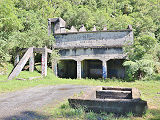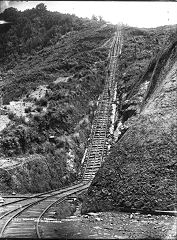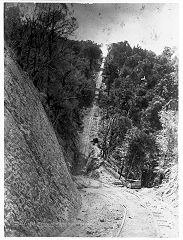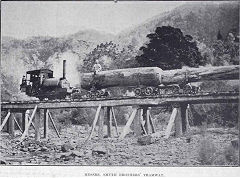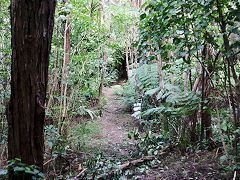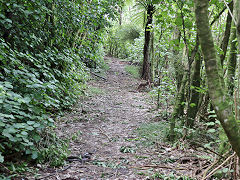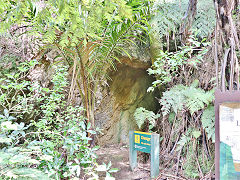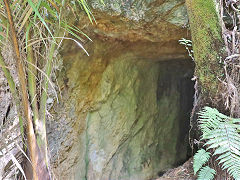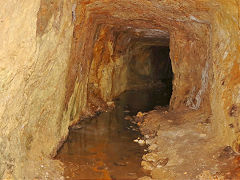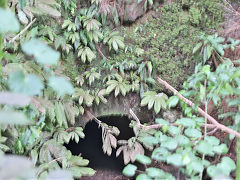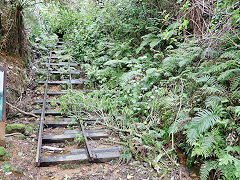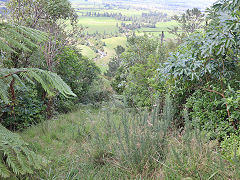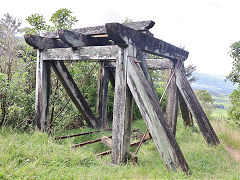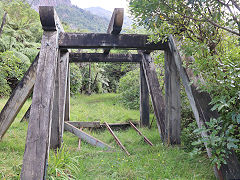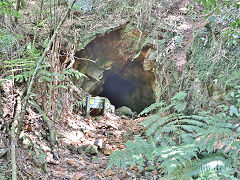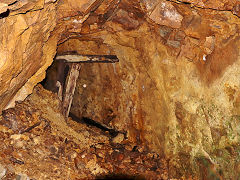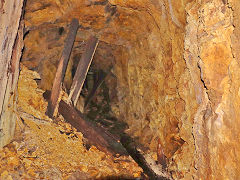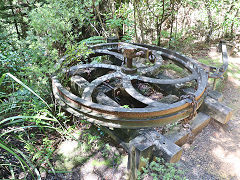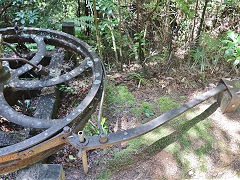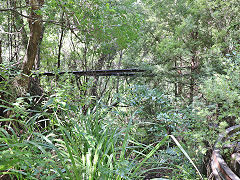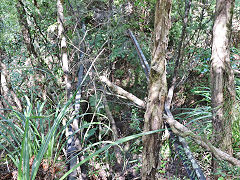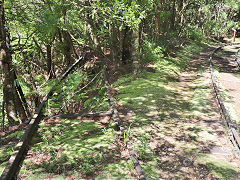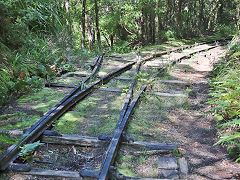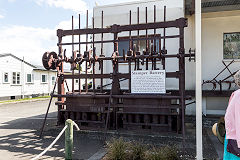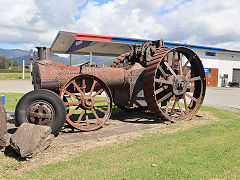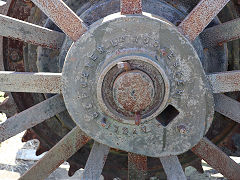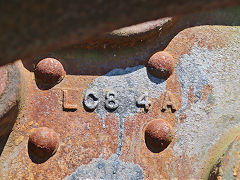The Transport and Industries of New Zealand
Click on the button to go to :-
Click on the thumbnail to enlarge a photo or map and read more about it.
Then click 'Full Size' on the toolbar to see it in all its glory.
Thames
Welcome to Thames
The welcome display as you enter the town.
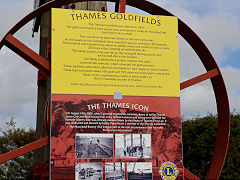
Welcome notice, Thames
|

Gold ore stamper, Thames
|
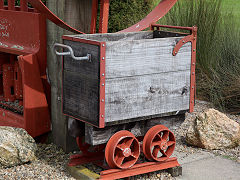
Gold ore wagon, Thames
|
Bella Street Pump House and its mines, Thames Town Centre
The 'Queen of the May' mine, one of three shafts in the Karaka Valley, was in operation until 1914. The pumps behind the pump house are over the 'Queen of Beauty' or 'Thames Hauraki' mine, 1000 ft deep and working until 1914. The shallow 'Piako' shaft is adjacent.
The 'Bright Smile' mine across the road from the pump house worked from 1871 to 1886, though the shaft collapsed in 1879. The site is now a lovely community garden.

Bella Street pump house, Thames
|
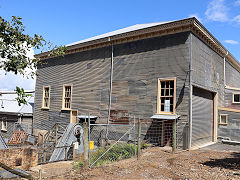
Bella Street pump house, Thames
|
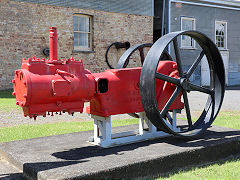
Kelly & Lewis compressor, Bella Street
|
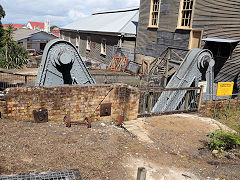
'Queen of Beauty' pumps, Thames
|
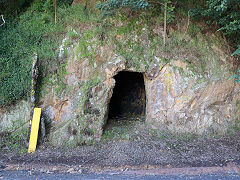
Level opposite pump house, Thames
|

Bright Smile Mine, Thames
|
Consols Shaft, Hape Valley
This is the site of the Consols Shaft. There is an old magazine further up the valley but also a very bad-temperd dog on a long chain.... I didn't argue with it.
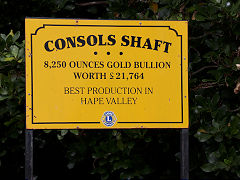
Consols Shaft notice, Thames
|
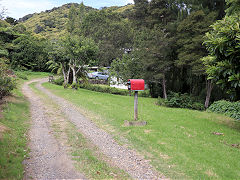
The site of Consols Shaft, Thames
|
|
Karaka Stream mines
The Karaka Stream (access from Karaka Road) is dotted with small mines, ending at the 'Pride of Parnell' mine towards the top of the valley.
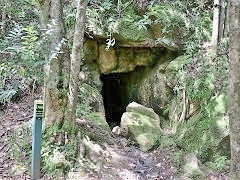
Karaka Stream mines, Thames
|
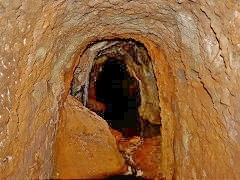
Karaka Stream mines, Thames
|
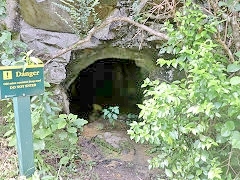
Karaka Stream mines, Thames
|
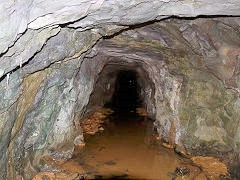
Karaka Stream mines, Thames
|
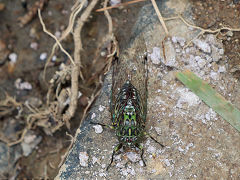
Karaka Stream, beast of the mines
|
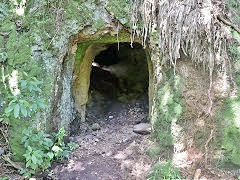
Karaka Stream mines, Thames
|
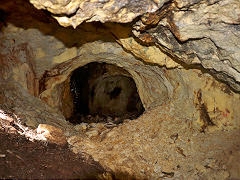
Karaka Stream mines, Thames
|

Karaka Stream mines, Thames
|
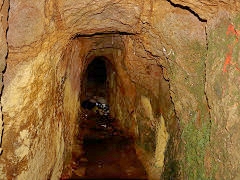
Karaka Stream mines, Thames
|
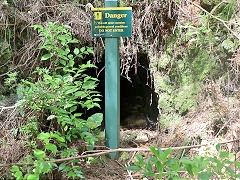
Karaka Stream mines, Thames
|
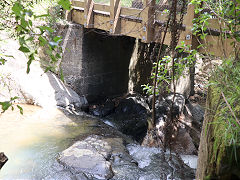
Karaka Stream tramway bridge
|
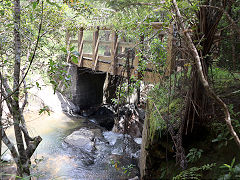
Karaka Stream tramway bridge
|
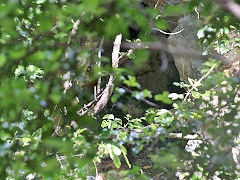
Karaka Stream mines, Thames
|
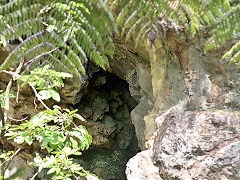
Karaka Stream mines, Thames
|
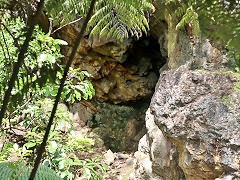
Karaka Stream mines, Thames
|
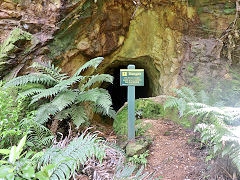
Karaka Stream mines, Thames
|
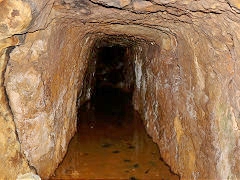
Karaka Stream mines, Thames
|
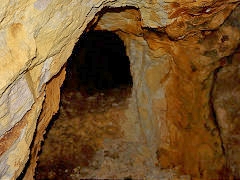
Karaka Stream mines, Thames
|
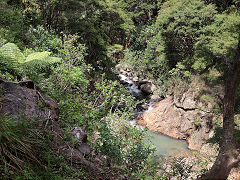
Karaka Stream mines, Thames
|
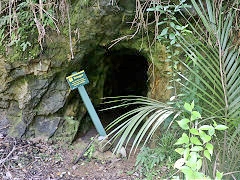
Karaka Stream mines, Thames
|

Karaka Stream mines, Thames
|

Karaka Stream flooded shaft
|
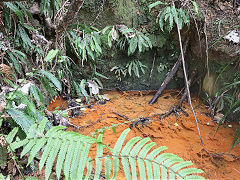
Karaka Stream flooded shaft
|
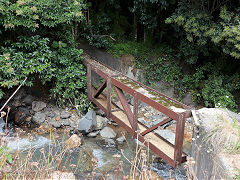
Karaka Stream flood gully
|
Moanataiari Creek Mines and Tunnel
The 2000m long Moanataiari tunnel was began as a mine but became the main route from several smaller mines to the crushing batteries in Thames.
The track to the mines starts from the end of Moanataiari Creek Road.
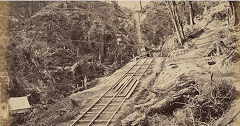
Moanataiari Creek goldmines
|

Moanataiari Creek goldmines
|
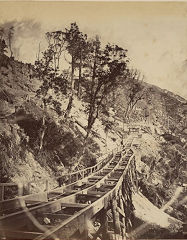
Moanataiari Creek goldmines
|
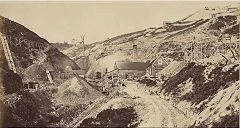
Hunts Claim, Shotover, Moanataiari
|
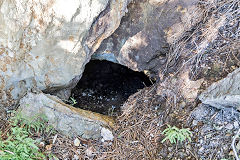
Moanataiari tunnel, Thames
|
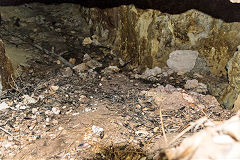
Moanataiari tunnel, Thames
|
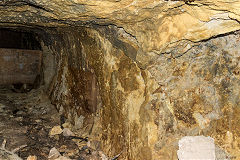
Moanataiari tunnel, Thames
|
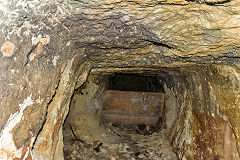
Moanataiari tunnel, Thames
|
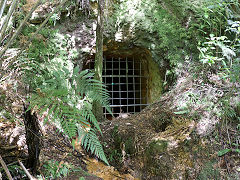
Moanataiari Creek mines, Thames
|
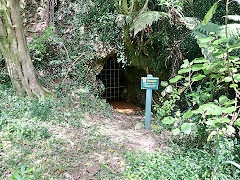
Moanataiari Creek mines, Thames
|
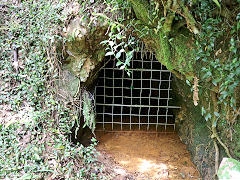
Moanataiari Creek mines, Thames
|
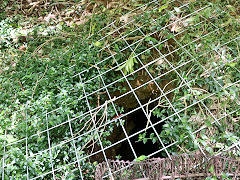
Moanataiari Creek mines, Thames
|
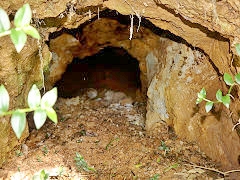
Moanataiari Creek mines, Thames
|
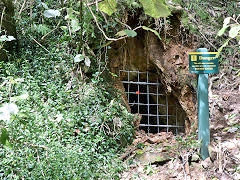
Moanataiari Creek mines, Thames
|
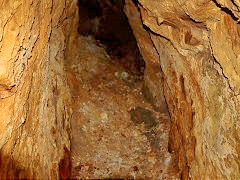
Moanataiari Creek mines, Thames
|
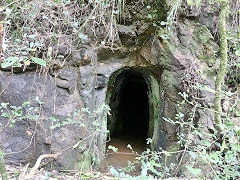
Moanataiari Creek mines, Thames
|

Moanataiari Creek mines, Thames
|
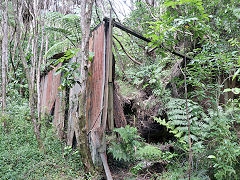
Moanataiari Creek mines, Thames
|
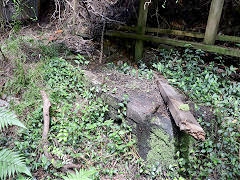
Moanataiari Creek mines, Thames
|
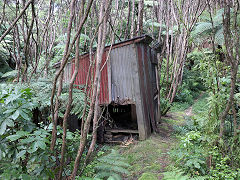
Moanataiari Creek mines, Thames
|
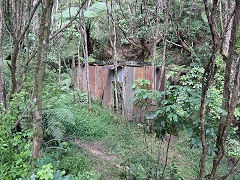
Moanataiari Creek mines, Thames
|
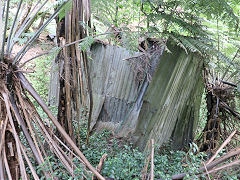
Moanataiari Creek mines, Thames
|
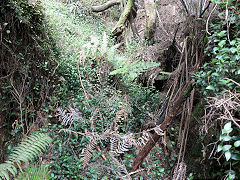
Moanataiari Creek mines, Thames
|
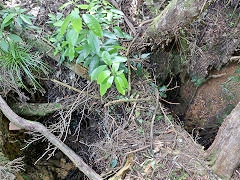
Moanataiari Creek mines, Thames
|

Moanataiari Creek mines, Thames
|
|
|
|
Saxon Mine, Thames Town Centre
Originally known as the 'Crown Princess' mine when it opened in 1871 and connected to the 'Queen of Beauty' mine at Bella Street in 1911, mining stopped in 1914. The shaft became a pumping shaft in 1918
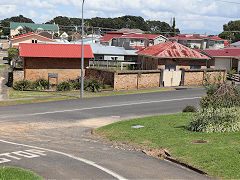
Saxon Mine, Thames Town Centre
|
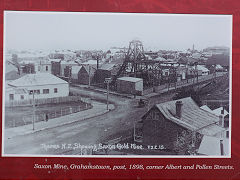
Saxon Mine c1900, Thames
|

Saxon Mine c1900, Thames
|
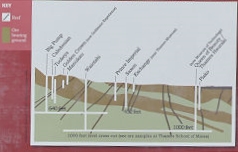
Connections to the Saxon Mine
|
Shotover Valley
The Kuranui Battery stood at the entrance to the Shotover Valley at the North end of Thames on the Tararu Road. It originally had 6 steam-powered stamps, increased to 20 later. The Shotover Mine was the first gold discovered in Thames, opened in 1867, producing gold worth $70 million at 2000 prices.
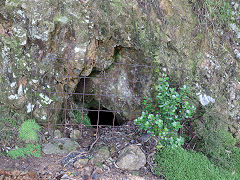
Shotover Valley, Thames
|
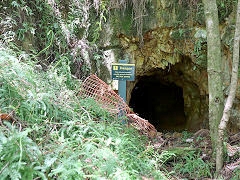
Shotover Valley, Thames
|

Shotover Valley, Thames
|
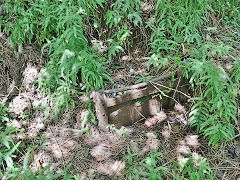
Wagon or bucket, Shotover Valley
|
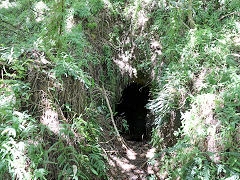
Shotover Valley, Thames
|

Shotover Valley, Thames
|

Shotover Valley, Thames
|

Shotover Valley, Thames
|

Shotover Valley, Thames
|
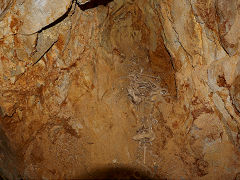
Animal bones, Shotover Valley
|
|
|
Una Hill
The track up Una Hill is an easy walk from the dead end of Hill Street. There are a number of small levels heading into the hill.
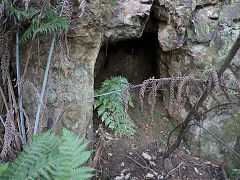
Una Hill mines, Thames
|
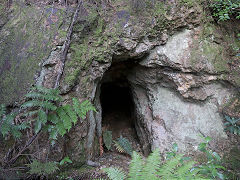
Una Hill mines, Thames
|
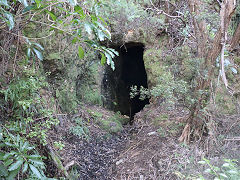
Una Hill mines, Thames
|
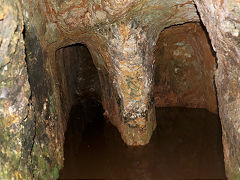
Una Hill mines, Thames
|
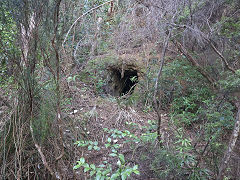
Una Hill mines, Thames
|
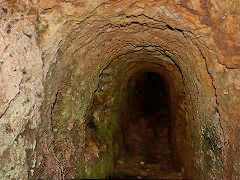
Una Hill mines, Thames
|
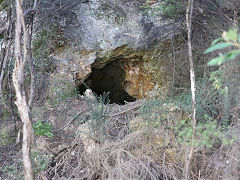
Una Hill mines, Thames
|
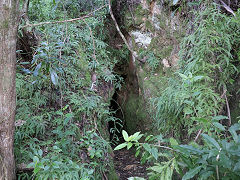
Una Hill mines, Thames
|
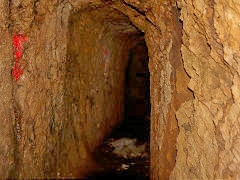
Una Hill mines, Thames
|
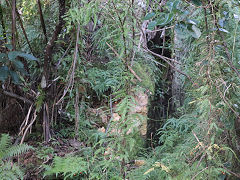
Una Hill mines, Thames
|
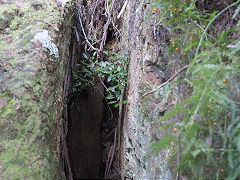
Una Hill mines, Thames
|
|
The Foundries of Charles Judd and A&G Price
Charles Judd Ltd were established in 1869 as manufacturers of Gold-mining and sawmilling equipment.
Alfred and George Price, from Stroud, Gloucestershire, set up their engineering company in 1868, moving to Thames in 1871. They made all manner of machinery for gold mines and particularly railway locomotives which, of course, are world famous in New Zealand. The company closed in 2017 but is being re-started in 2018.
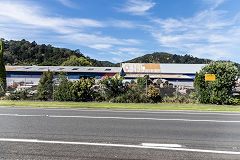
Judds Foundry, Thames
|
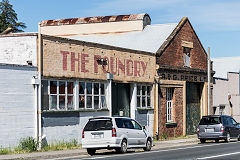
A&G Price Foundry, Thames
|
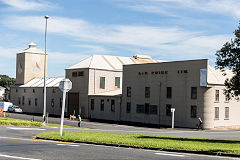
A&G Price Foundry, Thames
|
Shortlands Station
Shortlands Station opened in 1898 witht the branch from Te Aroha to Thames, which took 20 years to complete.
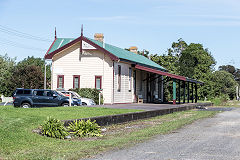
Shortlands Station, Thames
|
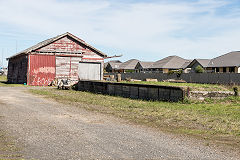
Shortlands Station, Thames
|

Shortlands Station, Thames
|
